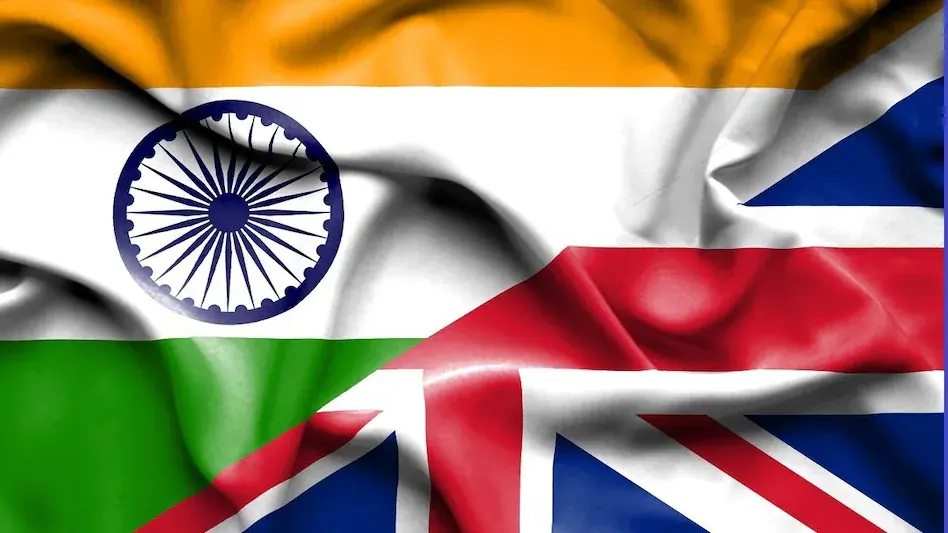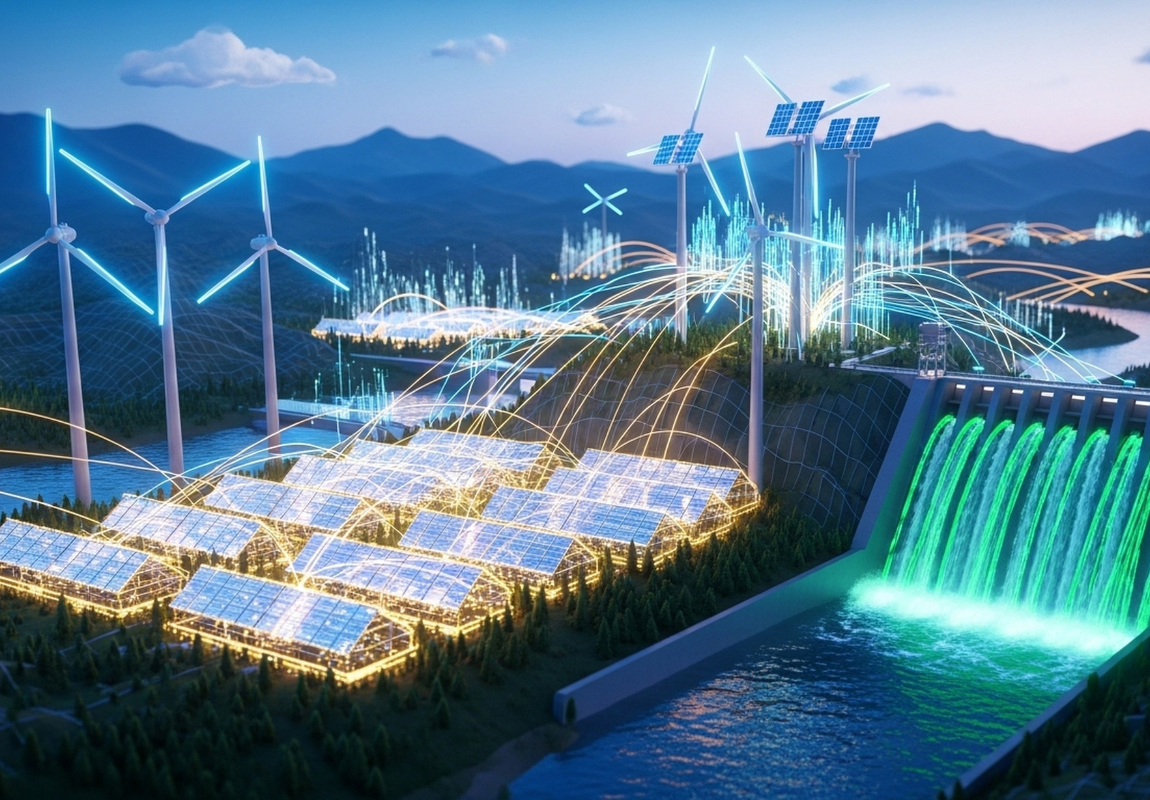Historic, with the power to energise exports and innovate technologies
Here’s a little puzzle you…what is it that’s historic enough to energise exports and jobs, steering itself consistently through clear-sighted ambition, but with sufficient energy to light up a small town? It’s not Liz Truss (obviously), still less Elon Musk, and, of course, nothing currently oozing uneasily out of Washington is likely to energise exports at all…still less jobs, let alone lighting up a small town. Give up? Well, if you were thinking Musk or Truss (or Trump), you’re in the wrong hemisphere: because we’re talking here about the India-UK Free Trade Agreement (“FTA”), which was finally completed last week; and when it comes to a combination of historic significance, energy and ambition, this FTA pushes all the buttons.
Historic
To appreciate just how historic this FTA is, you have to understand that since Independence in 1947 India has concluded just five FTA’s in all: with Sri Lanka (1998), Thailand (2003), Afghanistan (2003) and Chile (2006), in addition to which it has a single Multilateral FTA, signed in 2004 and known snappily, if a little obviously, as the South East Asia Free Trade Agreement. Aside from a random scattering of far less significant preferential trade and cooperation agreements, that’s about it… the sum total of India’s free trade front so far.
This in itself is hardly surprising because Free Trade Agreements are as rare as hen’s teeth: difficult to scope, harder to negotiate, and harder still to complete. Take the UK FTA for example…
Negotiations started off back in January 2022, with Boris Johnson still basking in the spotlight of “getting Brexit done”, and simply bubbling over with misguided optimism: he announced in April 2022 that the entire deal with India would be completed in six months…by Diwali in fact (www.gov.uk/government/speeches/pm-statement 22-april-2022); a commitment Prime Minister Modi was wise enough to demur from, because Diwali duly came and went and the then Secretary of State for International Trade, a certain Kemi Badenoch, announced that the UK Government didn’t after all have a deadline at all because it wanted “to focus on the quality of the deal rather than the speed of the deal”: wise words indeed…I wonder what happened to her? So speed was firmly off the agenda, and bilateral negotiations lumbered on for fifteen tortuous rounds before being completed last week (in the meantime, the UK suffered four changes of Prime Minister and India effected a landing on the Moon).
Even then, the final text of the India-UK FTA conspicuously fudges one of the most contentious issues raised during negotiations: namely, increased visa access for Indians working and studying in the UK (not something Kier “isle of strangers” Starmer is now likely to backtrack on). However, given that enhanced migration rights had from the outset been a key demand of the Indian Government, that in itself is a vivid expression of just how difficult those negotiations were.
But spare a thought for others. The European Union has been struggling to negotiate an FTA with India for at least the last thirty years (most recently, and more or less continuously, since 2007)…but still, consistently, without success. By that standard, the UK has done pretty well…” just” three and a half years from start to finish.
Trading Energy
Unsurprisingly (the clue’s in the name), the underlying driver for any FTA is TRADE, and when it comes to Trade the UK and India have it in spades: in 2024 exports and imports passing between the two countries topped £42.6 billion (an increase of 8.3% on the previous year), with £25.5 Billion flowing from India to the former mother country (https://assets.publishing.service.gov.uk/). That’s predictably dwarfed by exports from China to India ($118.41 Billion in 2023), but still a respectable showing from what is, after all, a reasonably small island off the coast of Europe…and with a strong undertow of common cultural and language heritage, it’s not something someone of Narendra Modi’s political and economic acumen would (or will) choose to ignore.
It’s certainly enough to prime the free trade pump.
Ambition
The new India-UK FTA is also nothing if not forward-looking. It aims, in particular, to lower barriers to digital trade, enhance and encourage technical innovation, and promote seamless emergence of cutting edge technologies (forget recent over excited newspaper headlines trumpeting the virtues of increased whisky exports from Scotland, and comprehensive strategic partnerships…although there’ll be a lot of that too…the core of this deal is emerging technologies and India’s inexorably developing position as a global hub for digital innovation).
We’re all set to benefit.
As the Subcontinent’s Minister of Industry and Supply, Piyush Goyal, insightfully said last week: “This agreement sets a new benchmark for equitable and ambitious trade between two large economies. It will benefit Indian farmers, fishermen, workers, startups and innovators. It brings us closer to our goal of becoming a global economic powerhouse”.
I couldn’t have put it better myself.
Red Ribbon Asset Management (www.redribbon.co) aims to harness the exponential power of fast evolving and emerging technologies so as to meet the needs of global communities as part of a circular economy, combining a profound understanding of the emergent Indian economy with an in-depth recognition of the cumulative demands of Planet, People and Profit.
Invest in Red Ribbon Asset Management

Red Ribbon Asset Management (www.redribbon.co) aims to harness the full potential of fast evolving and emerging technologies to meet the needs of global communities as part of a circular economy, fully recognising the compelling demands of planet people and profit.








Leave a Reply